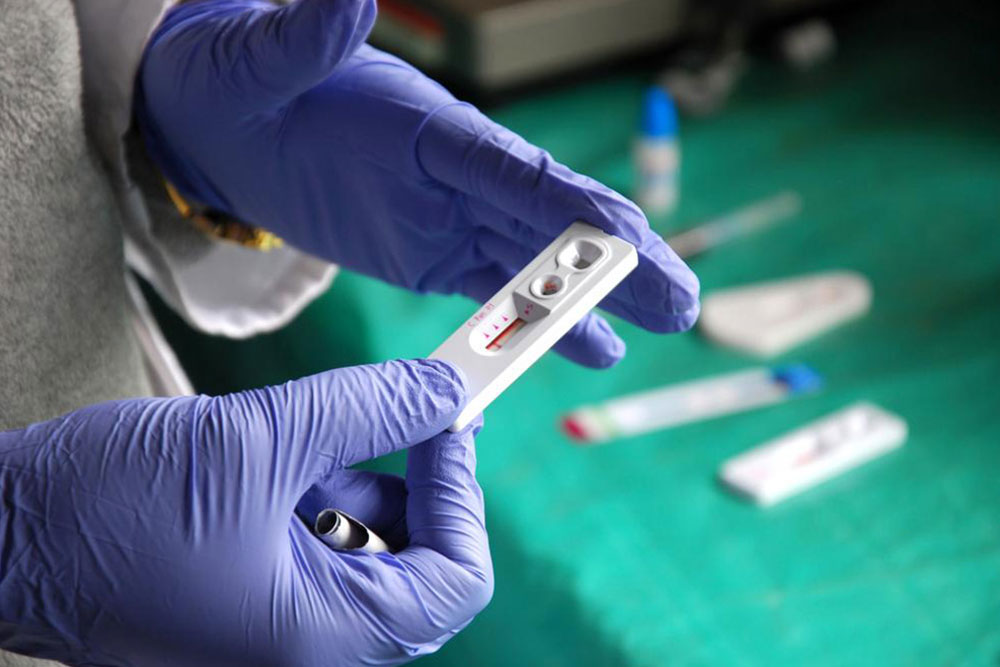Comprehensive Guide to Bipolar Disorder: Causes, Symptoms, and Management Strategies
This comprehensive guide explores bipolar disorder, detailing its causes, symptoms, and treatment strategies. Emphasizing early diagnosis and ongoing management, it aims to foster understanding and support for affected individuals. Advances in research and therapy offer hope for improved quality of life, making awareness and timely intervention crucial in handling this complex mental health condition.

Bipolar disorder, also known as manic-depressive illness, is a complex and often misunderstood mental health condition characterized by significant shifts in mood, energy, activity levels, and thought patterns. These shifts can range from extremely high, euphoric states known as mania or hypomania to deeply low, depressive episodes. Such fluctuating moods can interfere significantly with daily functioning, relationships, and overall quality of life. Understanding bipolar disorder involves exploring its causes, recognizing its symptoms, and learning about effective management strategies to improve prognosis and life quality.
This comprehensive guide aims to provide in-depth insights into bipolar disorder, including the biological, psychological, and environmental factors that contribute to its development. Additionally, it emphasizes early diagnosis and effective treatment approaches, highlighting recent advances in mental health research that have improved our understanding of this multifaceted illness. Whether you are a patient, caregiver, or healthcare professional, gaining knowledge about bipolar disorder is crucial for fostering empathy, reducing stigma, and facilitating timely intervention.
Understanding the Core Aspects of Bipolar Disorder
Bipolar disorder manifests through a series of mood episodes that can last days, weeks, or even months if left unmanaged. These episodes significantly impact a person's emotional state, behaviors, physical health, and cognitive functioning. The two primary mood states involved are manic/hypomanic episodes and depressive episodes. The disorder is highly hereditary but also influenced by a variety of biological and environmental factors.
Types of Bipolar Disorder
Bipolar I Disorder: Characterized by at least one manic episode that may be preceded or followed by depressive episodes.
Bipolar II Disorder: Involves at least one major depressive episode and one hypomanic episode, which is a less severe form of mania.
Cyclothymic Disorder: Features numerous periods of hypomanic symptoms and depressive symptoms lasting for at least two years but not meeting full criteria for any mood disorder.
Key Causes and Risk Factors
Genetic Factors and Family History
Research consistently shows that bipolar disorder has a strong genetic component. It tends to run in families, with individuals having a higher likelihood if a close relative, such as a parent or sibling, has been diagnosed with the illness. Genetic studies reveal that if both parents are affected, the risk for offspring increases substantially. Twin studies further support this, showing a 60% concordance rate among identical twins, indicating a significant hereditary influence. However, genetics alone do not determine the disorder; environmental factors also play a crucial role.
Neurochemical and Brain Structure Influences
Disruptions in brain chemistry are central to the development of bipolar disorder. Neurotransmitters like serotonin, dopamine, and norepinephrine regulate mood, motivation, and alertness. Imbalances in these chemicals can lead to the characteristic mood swings seen in bipolar disorder. Brain imaging studies have identified structural and functional differences in regions such as the prefrontal cortex and amygdala, areas involved in emotion regulation and decision-making. These neurobiological insights are fundamental to understanding pathophysiology and developing targeted treatments.
Environmental and Lifestyle Triggers
External factors can precipitate or exacerbate bipolar episodes. Major life stressors such as the loss of a loved one, job changes, or significant relationship conflicts often act as triggers. Hormonal fluctuations—especially relevant during pregnancy, postpartum, or menopause—may also influence mood stability. Additionally, substance abuse, including alcohol, stimulants, or recreational drugs, can destabilize mood and interfere with treatment outcomes. Social environment and lifestyle choices, including sleep patterns and stress management, are essential considerations in preventing episodes.
The Role of Medications and Treatment
Pharmacological treatment is a cornerstone of bipolar disorder management. Mood stabilizers like lithium remain the gold standard for preventing mood swings and reducing the frequency and severity of episodes. Atypical antipsychotics and anticonvulsants are also prescribed based on individual needs. However, certain medications, including antidepressants, stimulants, or corticosteroids, can trigger manic or depressive episodes if not carefully monitored. A comprehensive treatment plan usually involves a combination of medication, psychotherapy, lifestyle modifications, and social support.
Recognizing Symptoms and Seeking Help
Early identification of bipolar disorder symptoms is vital for effective management. Common signs include dramatic mood swings, impulsivity, decreased need for sleep during manic phases, feelings of hopelessness or despair during depressive episodes, and changes in activity levels. Individuals may also experience agitation, irritability, and difficulty concentrating. Recognizing these symptoms early can significantly reduce the risk of severe episodes and improve long-term outcomes.
If you suspect you or a loved one might have bipolar disorder, consulting a mental health professional is crucial. Proper diagnosis involves comprehensive clinical assessment, including psychiatric interviews, mood charting, and sometimes neuropsychological testing. Early diagnosis allows for timely intervention and improved prognosis.
Effective Management Strategies and Support
Managing bipolar disorder is a lifelong process that requires ongoing commitment and support. Key strategies include medication adherence, regular psychotherapy sessions such as cognitive-behavioral therapy (CBT), and psychoeducation about the illness. Developing a stable daily routine, maintaining a healthy lifestyle with balanced nutrition and regular exercise, and practicing stress reduction techniques are also beneficial. Support from family, friends, and mental health groups plays a fundamental role in disease management and recovery.
Emerging treatments, including new medications and neurostimulation techniques like transcranial magnetic stimulation (TMS), are under investigation to improve outcomes further. Advances in personalized medicine aim to tailor treatments to individual genetic and biological profiles, enhancing efficacy and minimizing side effects.
Conclusion
Bipolar disorder is a multifaceted mental health condition with complex roots rooted in genetic, neurochemical, and environmental factors. Despite its challenges, early detection, comprehensive treatment, and ongoing support can significantly improve the quality of life for those affected. Continued research and increasing awareness are essential to demystify this condition, reduce stigma, and foster better outcomes for individuals worldwide.





